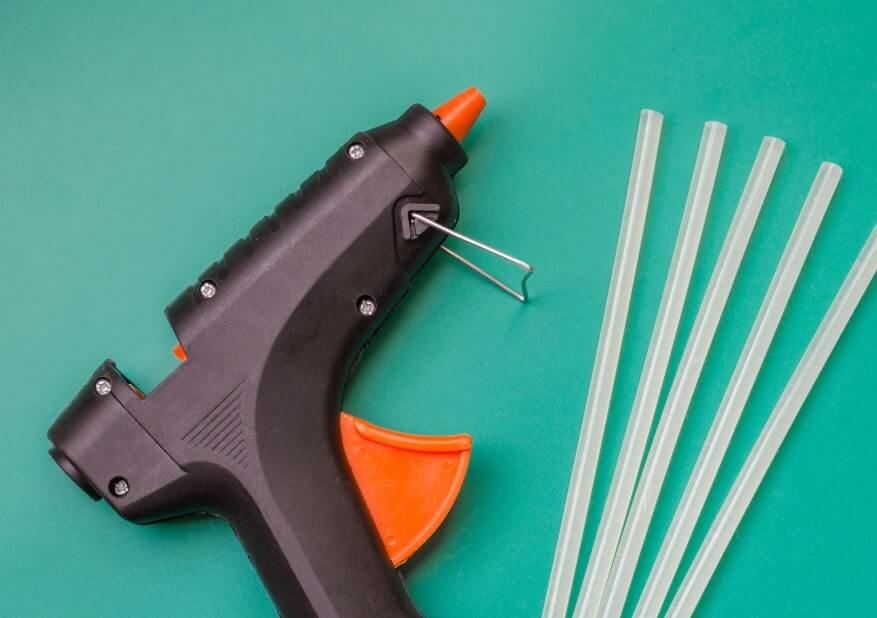
If you’ve ever found yourself frustrated by cracked plastic items—whether it’s automotive bumpers, garden furniture, or household appliances—you’ll know how valuable an effective repair can be. Rather than spending money on replacements, learning the art of plastic welding can save you significant cash, extend the lifespan of your belongings, and give you a rewarding new skill. But what’s actually needed in a good plastic welding kit, and how do you ensure your repairs last?
In this guide, I’ll share essential insights into plastic welding kits, practical tips for effective repairs, and ways to ensure long-lasting results. Let’s dive in!
Why Plastic Welding is Essential
Before we explore the essentials, it helps to understand why plastic welding is becoming such a popular DIY and professional solution across the UK.
Save Money and Reduce Waste
Replacing broken plastic items can be costly. Learning plastic welding allows you to fix rather than replace items, significantly reducing costs and environmental impact. From car bumpers to storage containers, plastic welding gives your items a new lease of life.
High-Quality, Durable Repairs
Unlike temporary fixes with glues or adhesives, plastic welding creates permanent repairs by actually melting and bonding the plastic materials together. Done correctly, these repairs can last as long as the original product itself.
Wide Range of Applications
Whether you’re a hobbyist or a professional tradesperson, plastic welding is versatile enough for automotive repairs, household maintenance, gardening equipment fixes, and more.
Essential Components of a Plastic Welding Kit
A good plastic welding kit includes a few essential components that allow you to complete repairs professionally and safely. Here’s what your kit should ideally contain:
Welding Gun or Iron
This is the heart of your kit, and selecting a reliable welding gun or iron is crucial. A high-quality plastic welder will have adjustable temperature controls, allowing you to work precisely with various plastic types.
Plastic Welding Rods
Welding rods are essential for adding additional material during the welding process. Kits often include rods in different types of plastic (like ABS, PP, PE, or PVC) to match the material you’re repairing. Using the right rod is vital for a strong, lasting repair.
Wire Mesh or Reinforcement Mesh
For larger or structural repairs, your kit should include metal mesh reinforcement. This provides additional strength and stability, especially useful when fixing stress-bearing parts like automotive bumpers or heavy-duty furniture.
Heat Gun or Hot Air Tool (Optional)
A heat gun provides controlled, consistent heat to the plastic surfaces before welding. This helps prepare the area for a seamless fusion, especially useful in larger repairs or areas needing a neat finish.
Cleaning and Prep Tools
For the strongest welds, the surface must be clean and smooth. Your kit should contain basic surface preparation tools, such as a scraper, wire brush, sandpaper, and alcohol wipes to thoroughly clean and prepare the plastic before welding.
Safety Gear
Never overlook safety! Gloves, safety glasses, and a mask to avoid inhaling fumes are crucial components of any professional-quality kit. Plastic welding involves high temperatures and potential hazards, so staying protected is essential.

Tips for Effective Plastic Welding Repairs
With your kit ready, follow these expert tips to ensure your repairs are not only effective but long-lasting too:
Proper Surface Preparation is Key
The key to effective welding is thorough surface preparation:
- Clean the area carefully, removing dirt, grease, and residues.
- Sand the area slightly to improve adhesion.
- Ensure surfaces are completely dry before beginning welding.
Match the Plastic Type Carefully
Always use the correct welding rods for the plastic type you’re repairing. Look for plastic identification symbols (often stamped or moulded onto the plastic). Using mismatched plastic materials can lead to weak welds or unsuccessful repairs.
Control Your Temperature
Temperature control is critical. Too hot and you’ll burn or warp the plastic, too cool and the weld won’t hold properly. Check your welding tool’s manual to set the optimal temperature for the type of plastic you’re working with.
Reinforce Larger Repairs
If your repair is structural or on a stressed component, always incorporate metal mesh reinforcement into your weld. This additional strength ensures durability and prevents future breakage.
Be Patient and Precise
Plastic welding requires patience. Move slowly and steadily, allowing the plastic to thoroughly fuse together. Rushing or overheating will only weaken the weld.

Ensuring Your Plastic Weld Repairs Last
Once you’ve completed your repair, you’ll want to ensure it stands the test of time. Here’s how:
Allow Adequate Cooling Time
Don’t rush to handle or use the repaired item immediately. Allow ample cooling time—usually at least an hour—to ensure the plastic fully solidifies and strengthens.
Smooth and Finish the Repair
Once cool, use sandpaper or fine abrasive pads to smooth the welded area. This improves appearance, prevents stress points, and adds longevity.
Protect and Maintain Your Repaired Items
Post-repair care is essential. Regularly inspect and maintain repaired items to spot early signs of wear or stress, allowing you to reinforce repairs promptly if needed.
Master Plastic Welding With Confidence
Plastic welding is a skill that can deliver tremendous satisfaction and savings. Whether you’re an automotive enthusiast fixing up classic cars, a DIY homeowner extending the life of household items, or a professional tradesperson, mastering plastic welding is a valuable skill.
If you’re looking to refine your skills and deepen your expertise, consider enrolling in our specialised plastic welding courses. Designed specifically for UK learners, these courses provide comprehensive, practical training to ensure you achieve professional results every time.
Conclusion
Having the right essentials in your plastic welding kit and following best practices can transform the way you approach repairs, saving you money and helping the environment at the same time. With a careful approach, appropriate tools, and professional techniques, you can ensure that your plastic weld repairs are durable, reliable, and effective for years to come.
Ready to elevate your skills? Explore our plastic welding courses today, and start achieving professional-quality repairs that stand the test of time!
